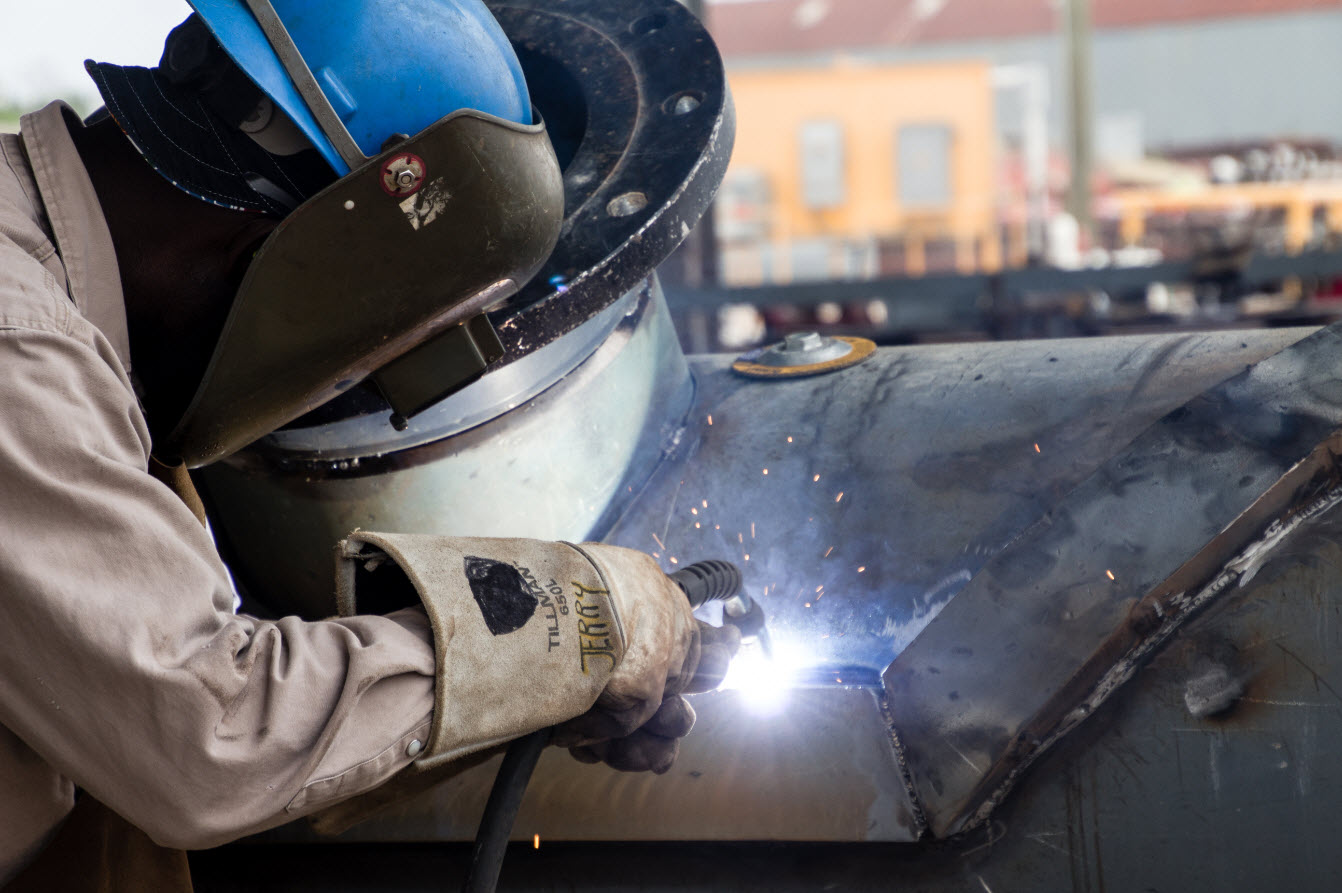Heat-related illnesses and deaths are on the rise. Especially during the summer months, it’s important to take precautions that will keep heat-related illnesses and deaths from occurring. Heat can affect us no matter where we are, but for those often working outdoors, extra steps are needed to stay cool and safe.
Why does a heat-related illness occur?
A heat-related illness occurs when there is an increase in the worker's core body temperature above healthy levels. As core temperature rises, the body is less able to perform normal functions and eventually can cause damage to the liver and muscles. If this occurs for a prolonged period, it can lead to death.
Heat stress can be affected by factors such as:
- the work that an employee is doing
- environmental factors (i.e. air temperature, humidity, and radiant heat)
- the clothing worn by an employee
- poor physical condition
- limited/no air movement
- medications taken by the employee
How does the body react to heat stress?
Although there are factors that can affect some people differently, the human body has ways of coping with the high temperatures that it is exposed to. When your body starts to feel a rise in temperature, it automatically begins to take actions to protect you, such as sweating and increased blood flow.
When the body absorbs more heat than it can take, the body becomes overwhelmed and experiences heat strain, which is the body’s overall response to heat stress. This strain can cause:
- Heat cramps (or spasms) in the muscles due to depleted salt and water levels from excessive sweating
- Heat exhaustion, typically when the core body reaches 100.4°F–102.2°F, causing symptoms including headache, nausea, dizziness, fatigue, weakness, thirst, heavy sweating, irritability, and a decreased urine output (often a precursor to heatstroke)
- Heatstroke, occurring when the body becomes unable to adequately dissipate heat or regulate core body temperature
How serious is heat stroke?
Heatstroke is the most serious heat-related illness and should be treated as a medical emergency. The core body temperature rises rapidly, the sweating mechanism may fail, and the body is unable to cool down. When heat stroke occurs, the body temperature can rise to 106°F or higher within 10 to 15 minutes. Thinking clearly, perception, planning, and other mental processes become impaired, and the worker may be unable to recognize dangerous situations.
Heatstroke can cause death or permanent disability if emergency medical treatment is not given. Symptoms include confusion, clumsiness, slurred speech, fainting/unconsciousness, hot dry skin, profuse sweating, seizures, and high body temperature.
How can heat stress be addressed?
Conducting a hazard assessment of a hot environment is the most effective way to determine the administrative and engineering controls for the hazard. Personal Protective Equipment (PPE) should also be provided for supplementary protection.
- First, identify and evaluate the work areas for risk factors. These include temperature and humidity measurements, identifying sources of heat, use of clothing that may impair the body’s regulation of heat, air movement in workspaces, etc.
- Second, provide control strategies or preventative measures to avoid heat stress when working in a hot environment. Employers and employees both have a responsibility to prevent heat stress. Employers should outline all of the possible hazards for workers in their Job Safety Analysis (JSA) and provide proper training on how to identify and address heat stress. They should also recognize work conditions that may elevate the risk for heat stress and have first aid and emergency procedures in place in the event of an emergency. Other controls that employers should have in place include ample ventilation of workspaces, climate-controlled environments, and scheduling strenuous work at cooler times of the day.
Employees must supplement their employers’ controls. Wearing loose, lightweight clothing, hats, and sunscreen can go a long way in preventing heat stress. It is also critical for employees to drink water and electrolyte-replenishing beverages steadily throughout the day, and avoid alcohol and caffeine which can cause dehydration. Employees should familiarize themselves with the symptoms and treatment of heat stress so they know what to look out for, and how to prevent heat stress altogether.
How should a heat-related illness emergency be handled?
If workers observe signs or symptoms of a heat-related illness, they should stop the activity immediately and report it to the necessary parties according to the facilities’ Emergency Action Plan.
For a more detailed description of how to prevent heat stress at your facility, ALMA members may access our Safety Bulletin on this topic by clicking here. Contact us if you have any questions or would like additional information.


